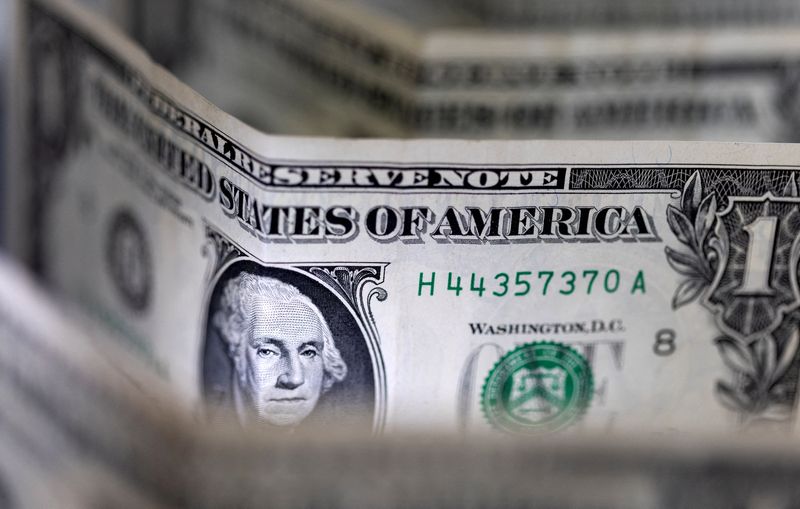At 21:30 on Friday (December 2), Beijing time, the November non-agricultural employment report released by the US Department of Labor was significantly better than expected, and the annual rate of wages rose again. As of press time, spot gold dived more than $15 to $1782.77 an ounce.
Data show that the U.S. non-agricultural employment population increased by 263,000 in November, an increase higher than the expected 200,000, and the previous value was revised from 261,000 to 284,000; the U.S. unemployment rate recorded 3.7% in November, in line with expectations and unchanged from the previous value; The annual rate of wages in the United States recorded 5.10% in November, significantly higher than the expected 4.6% and the previous value of 4.7%.
Institutions comment on U.S. non-agricultural employment data: U.S. employment growth in November exceeded expectations, and wage growth accelerated from the previous month, suggesting that the job market is still very strong and the Fed needs to continue to curb inflation.
The Fed may feel confident it will start slowing the pace of rate hikes this month amid mounting recession fears. Federal Reserve Chairman Jerome Powell said on Wednesday the central bank could slow the pace of rate hikes “as early as December.” The Federal Reserve has raised interest rates by 375 basis points this year, reaching a range of 3.75%-4.00%, which is the fastest rate increase since the 1980s.
Federal Reserve Governor Bowman pointed out on Thursday (December 1), “I expect that the Fed will continue to raise interest rates in the next meeting, and we still have a lot of work to do. But we should slow down the pace of interest rate hikes, which will make We are able to more fully assess the impact of our actions.”
Inflation remains unsatisfactory
But inflation data remained well above the Fed’s 2 percent target, with the personal consumption expenditures (PCE) price index excluding the volatile food and energy components rising 5.0 percent year-on-year in October after rising 5.2 percent in September. That puts the Fed on track to keep monetary policy on a tightening trajectory through at least the first half of 2023.
“This is a disturbingly high rate of inflation for the Fed and not in line with its 2 percent inflation target, even though officials may have moved from the past eight months,” said Sam Bullard, senior economist at Wells Fargo in North Carolina. take some comfort in the downward trajectory of annual inflation in July.”
The Fed hopes weak demand for labor will help curb decades of high inflation. However, Federal Reserve Chairman Jerome Powell said on Wednesday that persistent labor supply shortages throughout 2021 are unlikely to be fully resolved anytime soon.
Bowman also admitted: “My view on the scale and speed of interest rate hikes will depend on the data that will be released. I will continue to monitor the labor market to assess the impact of our actions there. Inflation is still at a high level. In a period of time Policy will have to remain restrictive over time. We are looking for signs that inflation has peaked and even turned down. Until then, I expect terminal rates to be slightly higher than expected at the September meeting.”
Large company size adjustment
The U.S. labor market is still tight, with 10.3 million job vacancies in October, and an average of 1.7 job vacancies per unemployed person, mainly concentrated in leisure hotels, healthcare and other industries. A strong labor market is also one of the reasons economists believe the next recession is expected to be short and shallow.
“I still think the economy will slip into a brief, mild recession in mid-2023 based on eroding labor market growth, but no recession is now becoming more likely,” said Steven Blitz, chief U.S. economist at TS Lombard in New York. high.”
Tech companies including Twitter, Amazon and Facebook parent Meta have announced thousands of layoffs. Economists say the companies are resizing after overhiring during the pandemic.
“We just haven’t seen the plans go as far as we expected, companies seem to be preparing an escape route, they’re making disaster plans, but they’re preparing for a downturn that hasn’t happened yet,” said Julia Pollak, labor economist at ZipRecruiter. “
Many industries remain understaffed
Technology companies announced 52,771 layoffs in November, according to data released Thursday by Challenger, Gray & Christmas. It was the highest monthly number of layoffs in the industry since 2000. However, the total number of layoffs so far this year is the second-lowest since 1993.
While rate-sensitive sectors of the economy such as housing, construction and technology are showing some signs of weakness, continued recovery in the leisure, hospitality and other services labor markets more than makes up for those missing, ZipRecruiter’s Pollak said.
U.S. consumers are still spending because, overall, their household finances remain relatively strong and many are completely unaffected by the Fed’s anti-inflation measures, Pollak said. This is especially true among higher-income consumers, many of whom have substantially increased their net worth from stock market gains and through refinancing and locking in sub-4% mortgage rates.
“Everything seems to be moving towards a new normal, but not quite back to pre-pandemic normal,” Pollak noted. “It’s still a tighter-than-usual labor market with high turnover.”
Employees laid off by large companies seem to find jobs quickly. Brian Bethune, professor of economics at Boston College, said: “S&P 500 companies will not drive employment growth, and the driving force will mainly come from small and medium-sized enterprises.”
“It’s kind of like good news, but it’s not good news,” said Agron Nicaj, U.S. economist at MUFG in New York. “The labor market is still very strong, it’s still very tight. The Fed may slow down the pace of rate hikes, but it’s not there yet.” The point where it stopped completely.”
